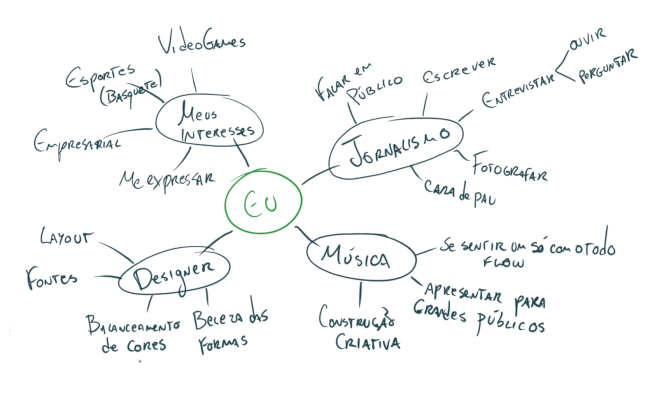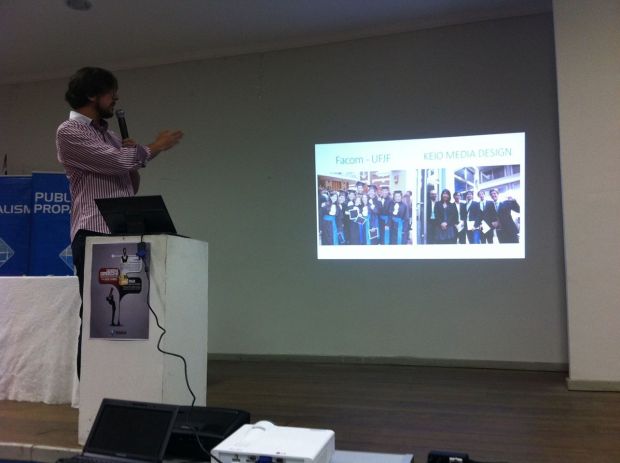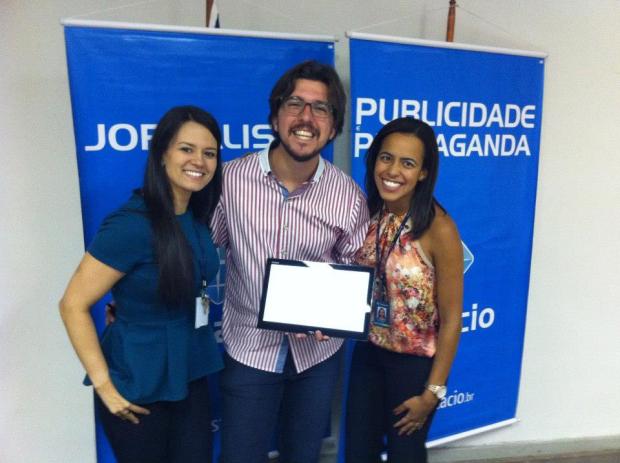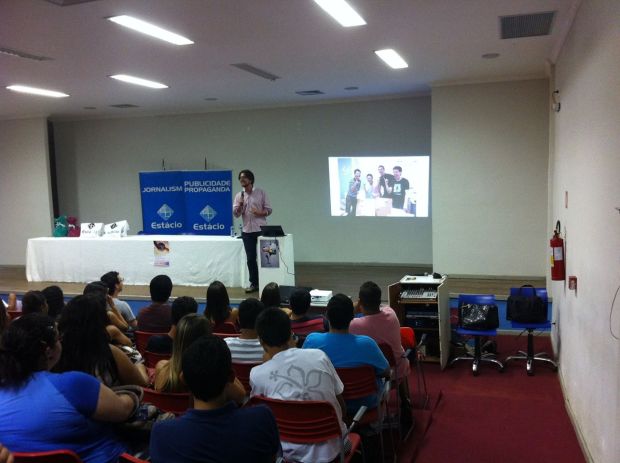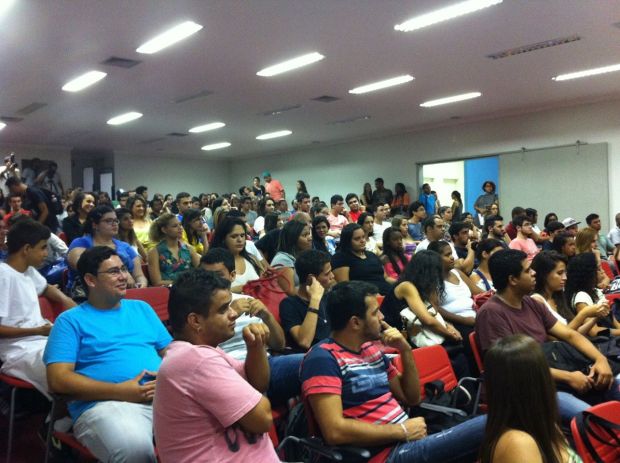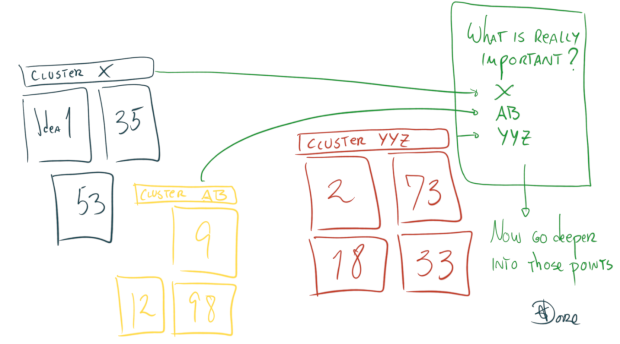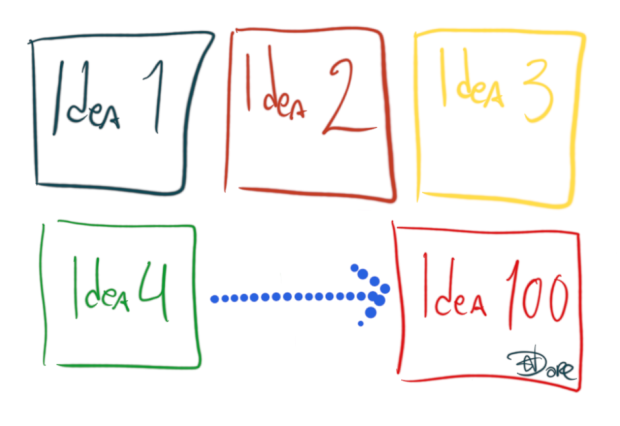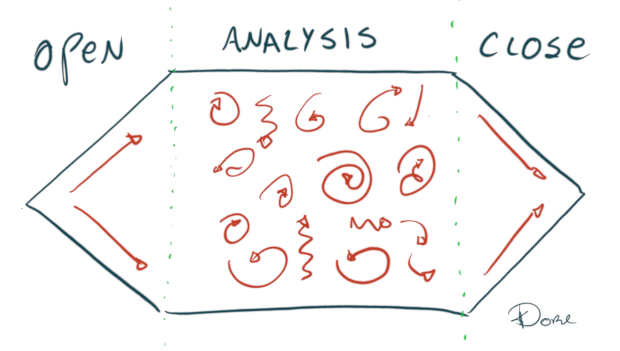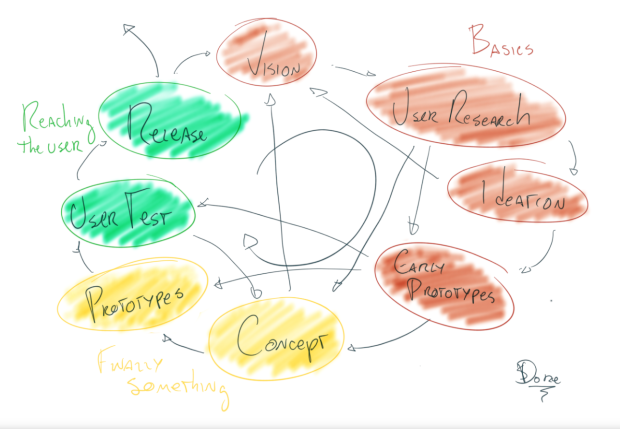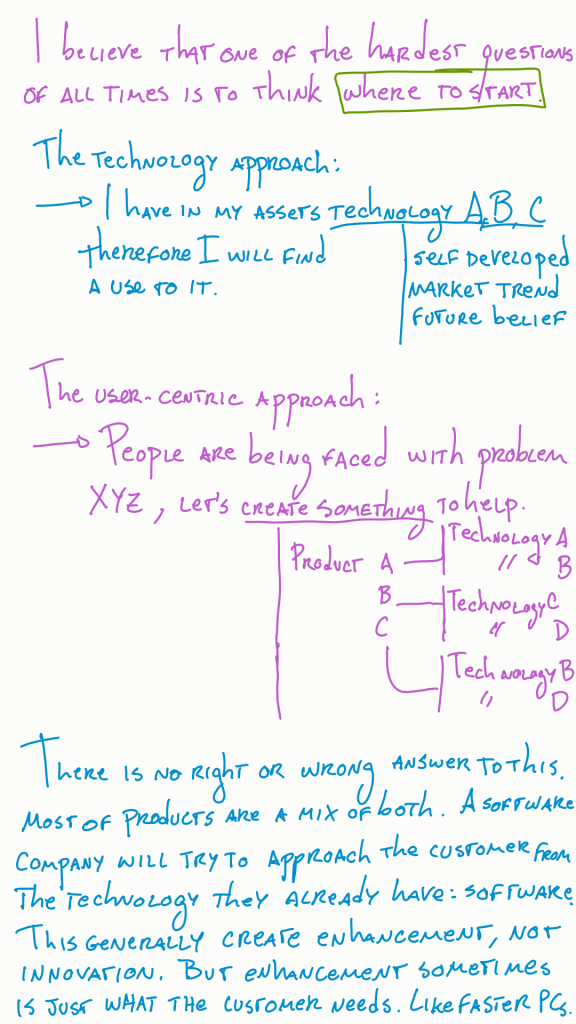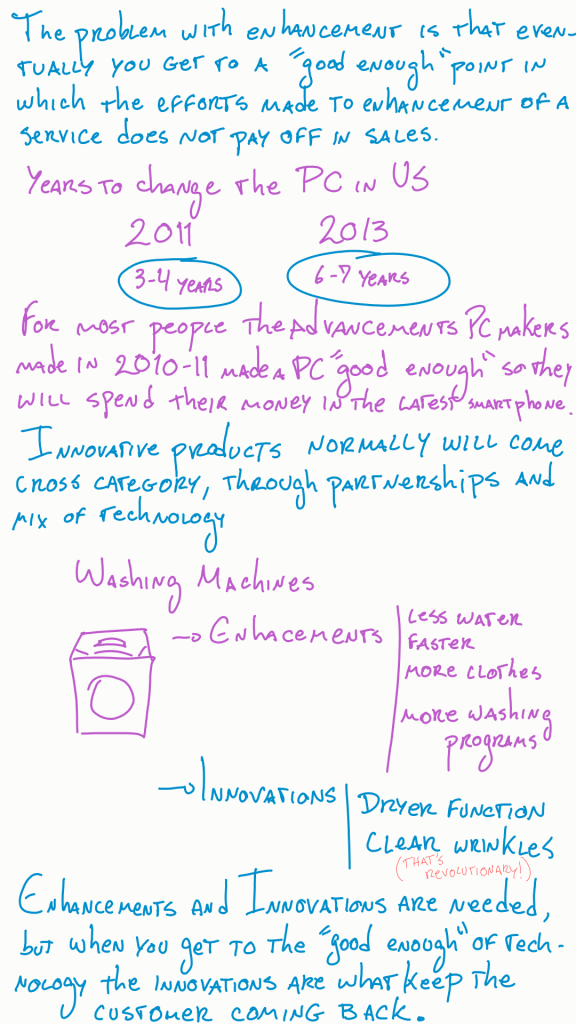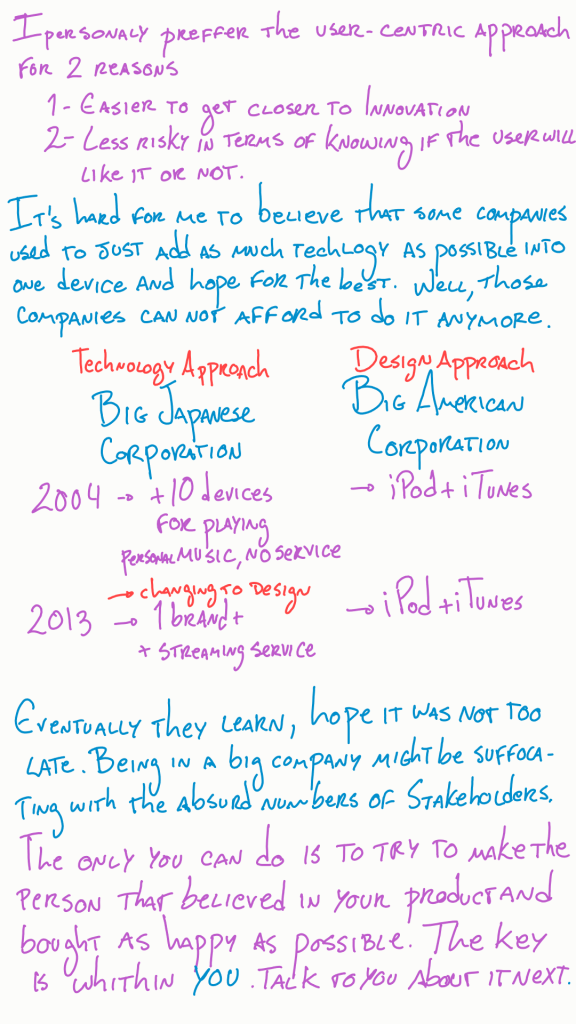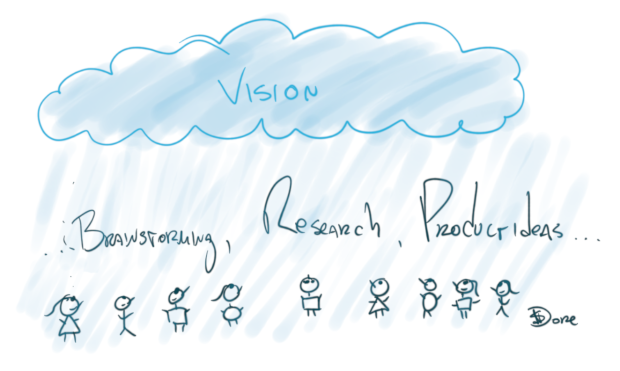
A Vision that shower us all
What about Vision? Why is it necessary? Why it should come first? What is all the fuzz about?
“When the sage points to the moon, all the idiot sees is the finger” Anthony de Mello.
The principle feels religious, an idea that will guide the whole process. If you want to accomplish things in a deeper level, everyone should share it. Because everyone is sharing it and being guided by it you get consistency, passion and you might achieve it.
With the examples you can understand better. At Sony, I don’t remember being under a clear corporate Global Vision Statement. At VAIO we had one, direct to Amaze the customer and give him a premium feeling. That was more than enough. Now all my new ideas and work should give people a premium feeling when they use it. Imagine the Industrial Designers, he should make designs that feel expensive, feel premium and special. In the way we sell it, the way we teach people how to use it, it should ALWAYS feel premium, expensive, even for the cheaper models.
Once I had an even more easy to understand class with the Ritz Carlton Tokyo manager in 2009 Ricco DeBlank. He would get to his staff with just one message: Inside your scope, do what you think is best for the customer, what will make the customer feel special. End of the story. When somebody came to him to ask if they could change the way they made the beds, his answer would be something like: if you think it makes the customer feels more special, do it. Somebody had the idea to add to mint candy in the pillow when the customer enters the room and they were allowed to do it right away. Such a cheap way to make the customer feel more special. And the list goes on and on.
If you make it in words is better, but if you don’t, this is not a problem unless it is a shared feeling. Smaller companies are easier to handle, big companies or big teams you might need something written down.
How to Create that Vision? One way is to go back to that brainstorming way in the chapters before. Do a brainstorm about the Values of your company, your own values and the values that you want to give the customer. Then create the clusters and create a sentence that involves those words. Always remember to have a big stock of post its and GO!
